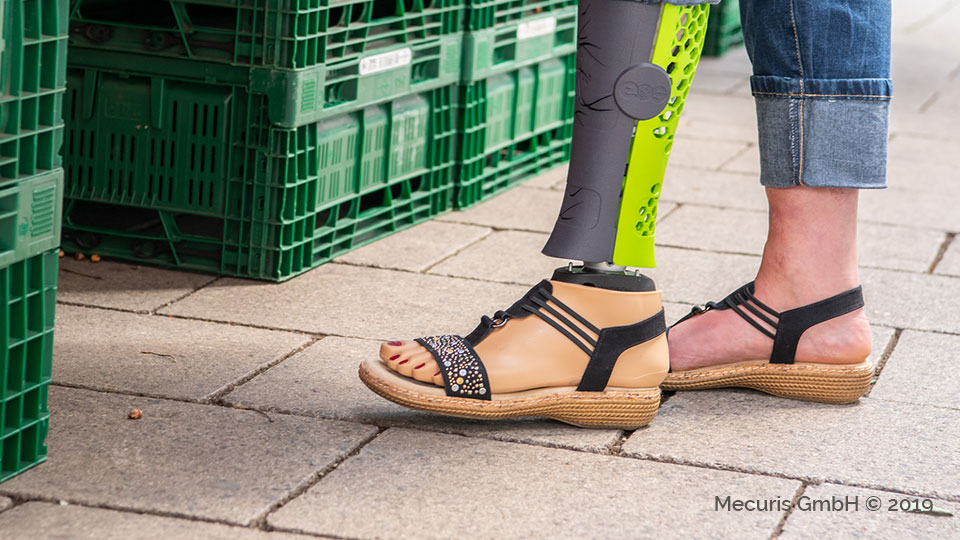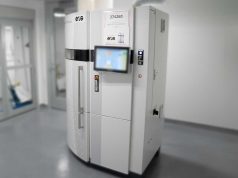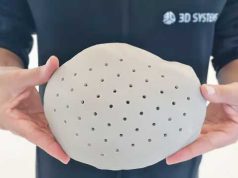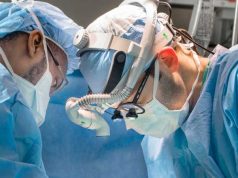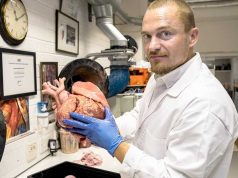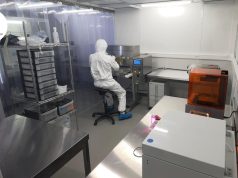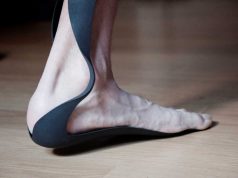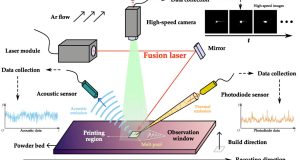With the Mecuris ComfyStep the Munich based medical technology company, Mecuris GmbH is bringing a new prosthetic foot to market. It is the first 3D-printed prosthetic foot worldwide to be optimized for both a particularly smooth rollover-shape and a high range of motion in the ankle area. It has been specially developed for all those wearers who want a prosthetic foot for slow to moderate walking-speeds or for long periods of standing. It offers good control and a high feeling of safety even on uneven ground.
The approaches to replace the human foot and ankle can hardly be more diverse. It is a highly complex mechanism whose biomechanical properties are difficult to imitate. The MedTech company Mecuris GmbH from Munich is now breaking new ground to meet this challenge. After the success with the tailor-made 3D-printed pediatric prosthetic foot FirStep and the water-resistant, sauna-proof NexStep, the company has reached a new level of digital product development in the prosthetic foot sector with the Mecuris ComfyStep – developments that Mecuris is driving forward together with partners in the medical supply industry.
The ComfyStep’s innovative design has been developed from a highly complex Metamodel based on Finite Element (FE) Simulations and has been validated and certified by virtual and physical tests. The resulting model of the ComfyStep is optimized for a particularly smooth rollover-shape and also offers a high range of motion in the ankle area (dorsiflexion-plantarflexion), completely without complex hydraulics or other sensitive technology. The prosthesis is designed to initiate the rollover immediately upon heelstrike and provides smooth progression to terminal stance without additional energy from the wearer. In addition, the precise control over the foot is perceived by wearers as positive in their own walking comfort: “The foot walks when it is supposed to walk and stands when it is supposed to stand” describes a test wearer. It is 3D-printed in one piece with four interlocking spring systems. The split-toe design offers high stability (medial-lateral) and provides safety, even on uneven terrain. “It’s even possible to walk backward easily and balance on one leg – I couldn’t do that for a long time,” another test carrier was pleased to confirm.
In summary, the ComfyStep contributes to a natural walking and standing feeling at moderate speeds or when standing for long periods of time. This is rated by numerous users as particularly pleasant and relieving for knees and hips and is currently being validated in a gait lab study. Due to its construction and performance, the foot is suitable for both transtibial and transfemoral amputees in mobility class 2-3 (K2-3). It is worn in a foot shell (10mm heel height) and available in the lengths 23-29cm (EU) for patients with a maximum weight of up to 125 kg. Thanks to the most innovative technology, the prosthetic foot can be easily ordered on the Mecuris Solution Platform in just a few clicks and without any prior knowledge of 3D-printing or simulation technology.
That’s not all, the ComfyStep’s potential goes much further. The calculation models themselves already make it possible today to optimize each foot individually to the preferences of each wearer. This will be the future of ComfyStep. If you are interested in a trial run, we are happy to provide your CPO with all details.
Subscribe to our Newsletter
3DPResso is a weekly newsletter that links to the most exciting global stories from the 3D printing and additive manufacturing industry.



